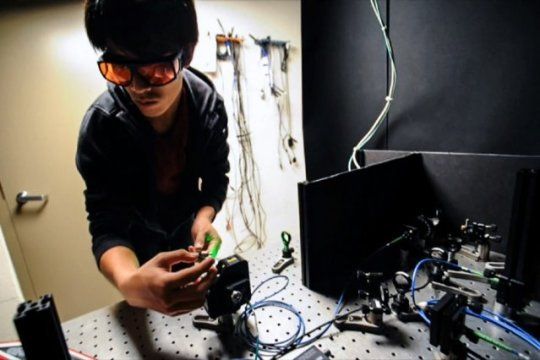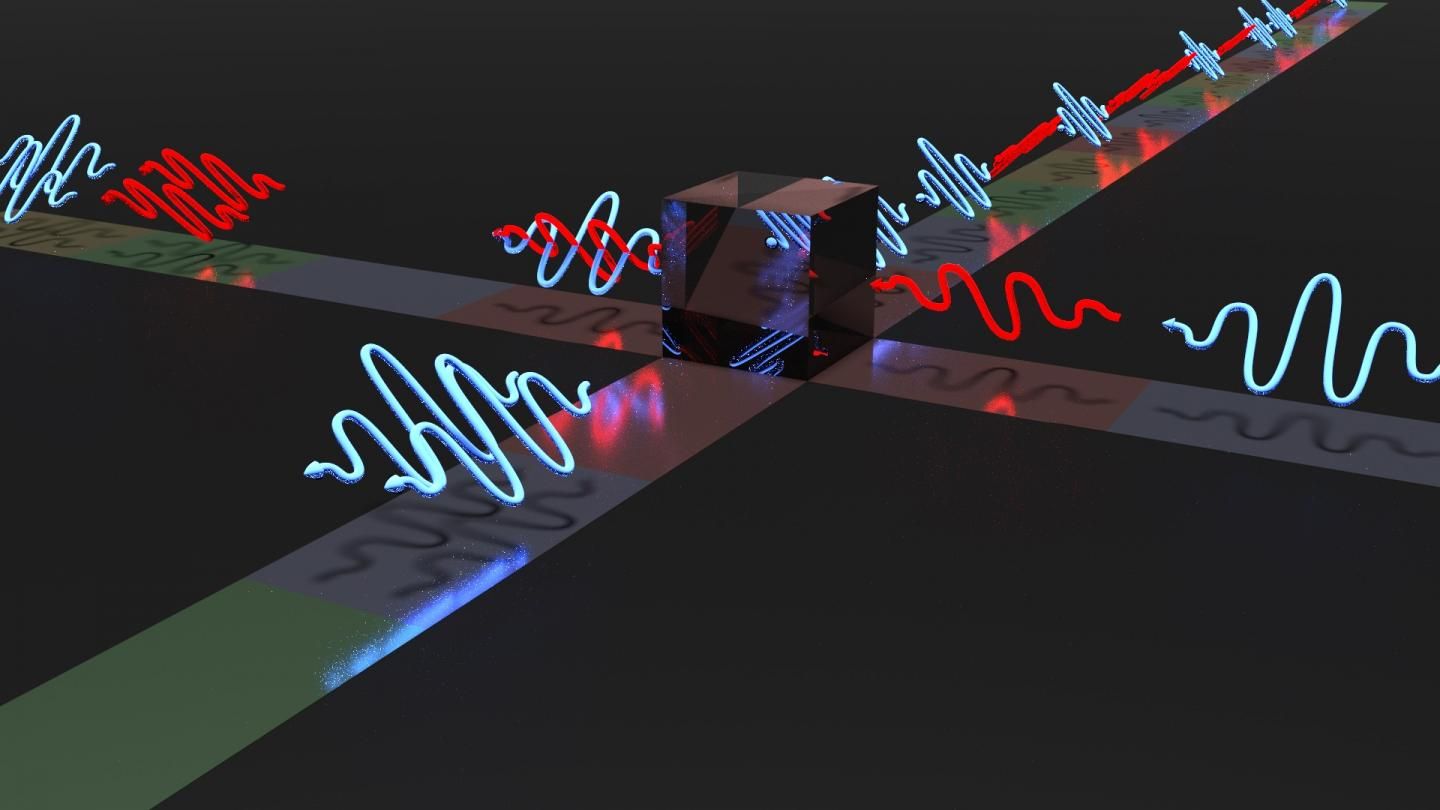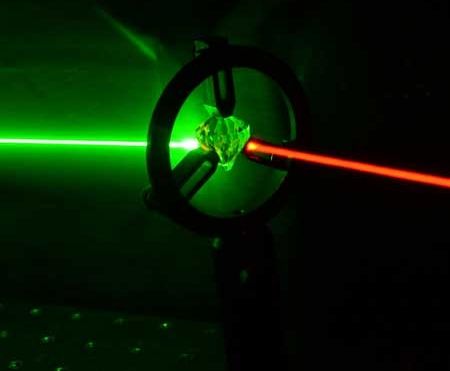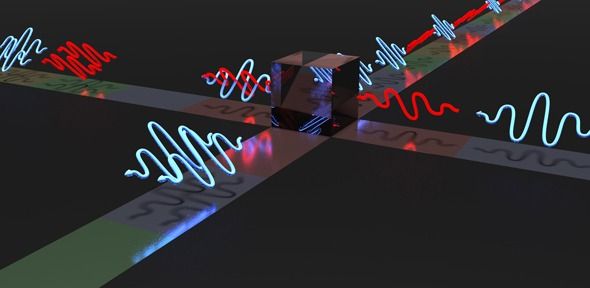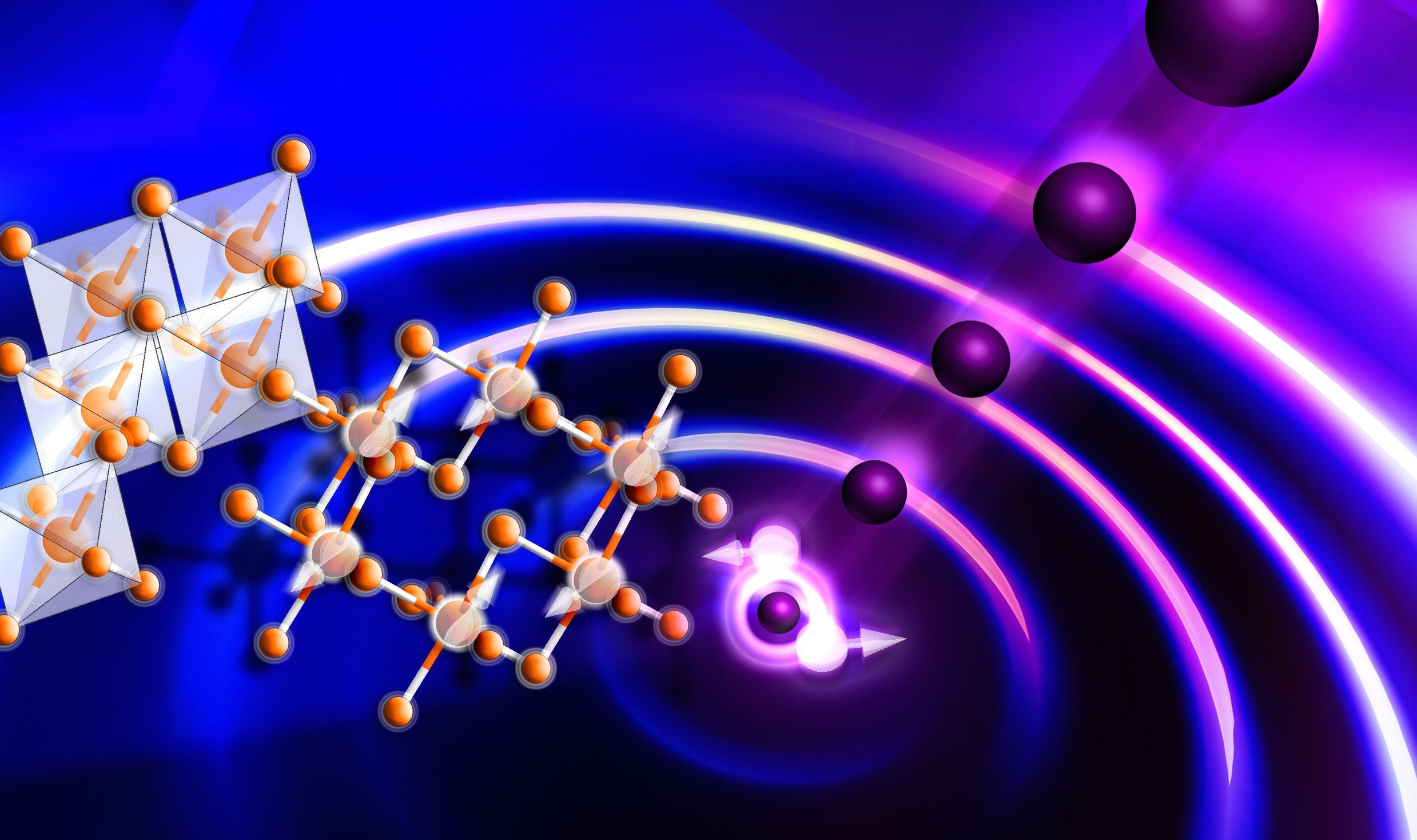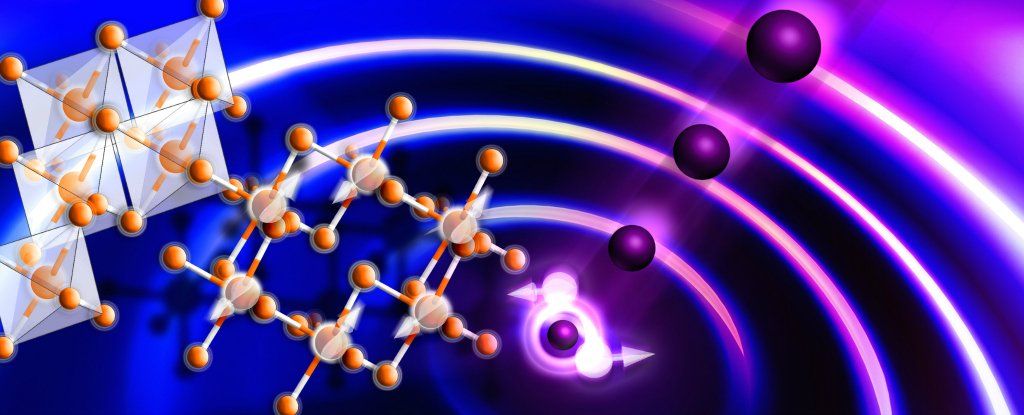Apr 6, 2016
Advance may make quantum computing more practical
Posted by Karen Hurst in categories: computing, engineering, quantum physics, transportation
Very nice; we’re getting closer.
But superposition is fragile, and finding ways to preserve it is one of the chief obstacles to developing large, general-purpose quantum computers. In today’s Nature, MIT researchers describe a new approach to preserving superposition in a class of quantum devices built from synthetic diamonds. The work could ultimately prove an important step toward reliable quantum computers.
In most engineering fields, the best way to maintain the stability of a physical system is feedback control. You make a measurement — the current trajectory of an airplane, or the temperature of an engine — and on that basis produce a control signal that nudges the system back toward its desired state.
Continue reading “Advance may make quantum computing more practical” »
